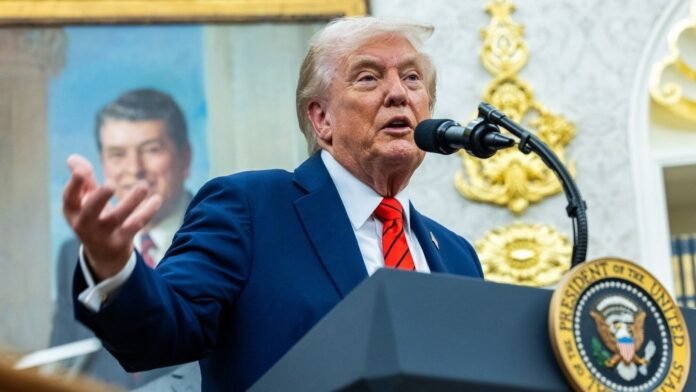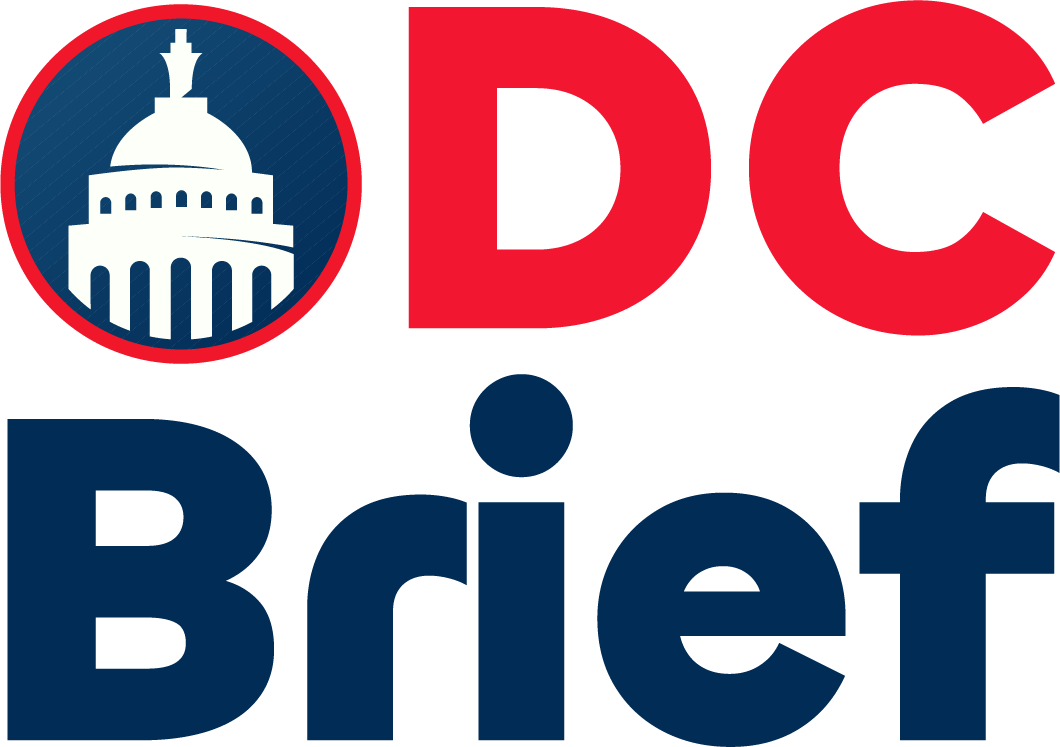The government shutdown crisis reached its fifteenth day on Wednesday as Washington lawmakers continued clashing over stalled budget talks. President Donald Trump vowed to ensure active-duty troops receive their pay despite the ongoing impasse, underscoring his focus on national defense during growing economic uncertainty. The deadlock has left hundreds of thousands of federal employees anxious about their jobs and income.
Trump announced on Truth Social that he instructed Secretary of War Pete Hegseth to use all available funds to pay troops on October 15. He stressed that American service members must be paid even during the government shutdown crisis. Yet, he offered no details about the funding sources or the total amount needed for salaries. The White House refused to elaborate, prompting further debate over the legality and sustainability of the move.
Senators again failed to break the gridlock, marking the eighth unsuccessful attempt to pass a funding bill. The continuing standoff has sidelined more than 750,000 federal workers and disrupted daily operations across numerous agencies. Law enforcement officers, air traffic controllers, and medical staff remain on the job but without pay. The White House Office of Management and Budget pledged to “batten down the hatches” and proceed with layoffs until lawmakers reach a deal.
Democrats continue pressing for permanent tax breaks for 24 million Americans who purchase health insurance through the Affordable Care Act. They argue that extending those benefits safeguards working families from losing essential coverage. Republicans insist on addressing the matter separately, claiming the proposal complicates broader budget negotiations. As both parties dig in, the political rift deepens and prolongs the government shutdown crisis.
Some federal services remain functional despite the chaos. The U.S. Postal Service continues delivering mail, while Social Security benefits still reach recipients. However, the Defense Department has furloughed about 55% of its civilian staff, disrupting training, procurement, and logistics. National Guard units and Homeland Security personnel continue working to uphold safety and national security.
Economists warn that the drawn-out shutdown could slow economic growth and further weaken public confidence in government. Analysts note that the current crisis already ranks among the longest in modern U.S. history and may surpass the 35-day shutdown during Trump’s first term if lawmakers fail to act soon.
Pressure continues to mount on Congress and the White House to end the deadlock. Trump’s order to pay troops offers temporary reassurance but fails to address the deeper fiscal and political divide that continues to paralyze Washington.
For more political updates, visit DC Brief.


